SUMMARY
This is AI generated summarization, which may have errors. For context, always refer to the full article.
MANILA, Philippines (UPDATED) – As Filipinos visit the final resting places of their deceased loved ones on November 1, All Saints’ Day, and November 2, All Souls’ Day, Rappler revisits the origins and the stories behind some of the cemeteries in the country.
Below are notable cemeteries in Metro Manila, listed according to the year they were built. We also listed unique and historical burial grounds in Luzon, Visayas, and Mindanao.
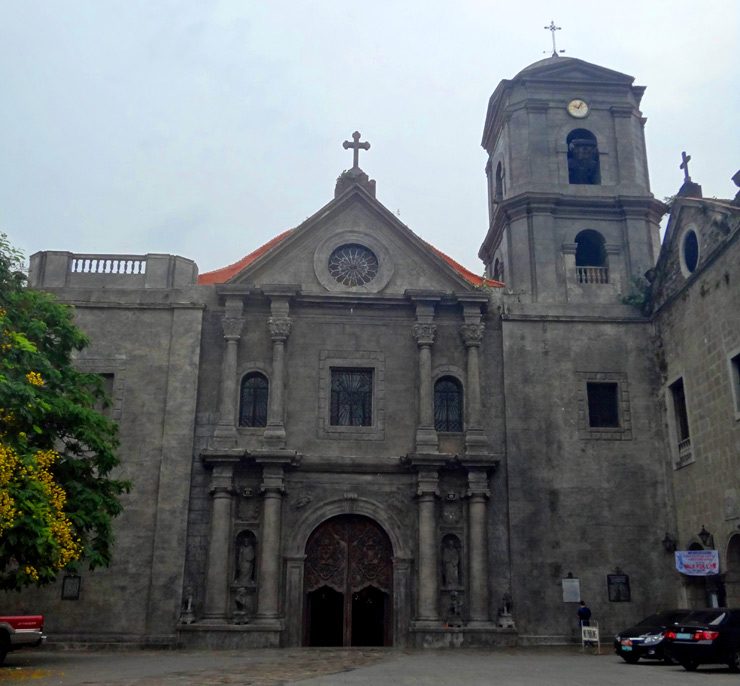

SAN AGUSTIN CHURCH
Built: 1607
Location: Manila
Inside the oldest stone church in the country – built from 1586 to 1607 – are tombs and crypts of prominent members of Filipino society during the Spanish colonial period.
The tombs of Spanish conquistadors Miguel Lopez de Legazpi and Martin de Goiti, painter Juan Luna, and ilustrados Pedro Paterno and Trinidad de Tavera can be found here.
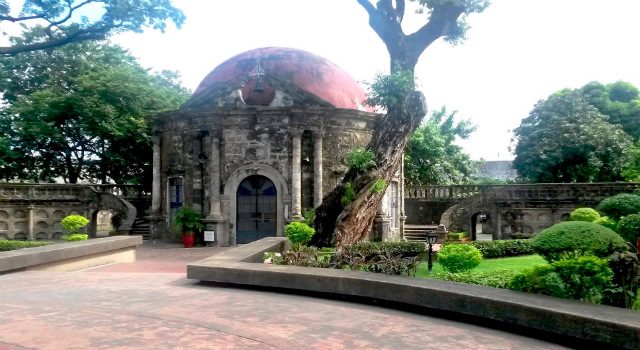
PACO CEMETERY (PACO PARK)
Built: 1814
Location: Manila
It was originally called the Cementerio General de Dilao (named after the suburb of San Fernando de Dilao). It was converted into a national park in 1966, thus discontinuing burials there.
After his death via firing squad in Bagumbayan (now Rizal Park or Luneta) in 1896, the body of Dr Jose Rizal was buried in Paco Cemetery until its transfer in 1912 to the base of the Rizal Monument in Luneta. The Gomburza priests – fathers Mariano Gomez, Jose Burgos and Jacinto Zamora executed in 1872 – were also interred here.
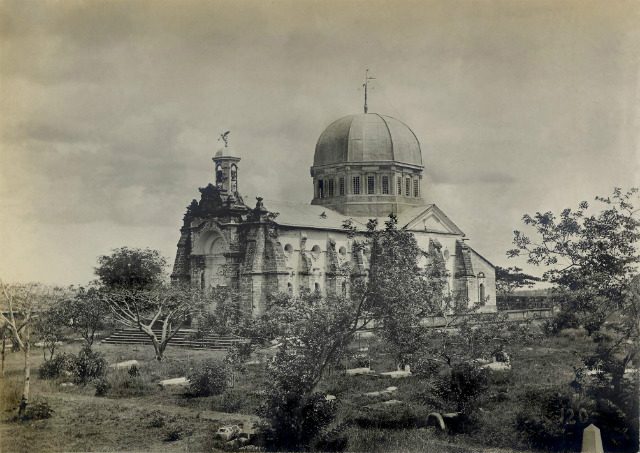
LA LOMA CEMETERY
Built: 1884
Location: Manila
The oldest cemetery in Manila still in use today, it was originally called Cementerio de Binondo. It was later renamed Campo Santo de La Loma, or “cemetery on the hill” in Spanish. La Loma was exclusive to Catholics during the Spanish occupation. People who opposed Spanish rule were also denied burial here.
Jose Rizal wanted to be buried in La Loma, but the cemetery denied this request because he was a revolutionary.
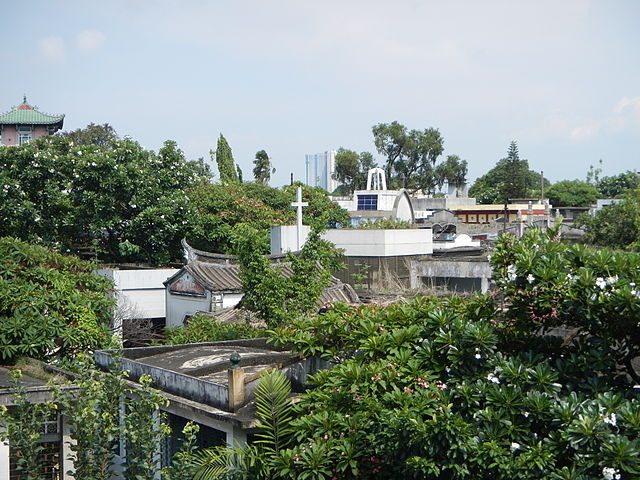
MANILA CHINESE CEMETERY
Built: late 1880s
Location: Manila
Filipino Chinese were not allowed to be buried in Catholic burial grounds like La Loma during the Spanish period, thus the creation of a cemetery for the Chinese.
Before being transferred to Batangas, the remains of Apolinario Mabini were buried in the Chinese Cemetery, on account of his Freemason membership. Catholic cemeteries also refused to accept his remains.
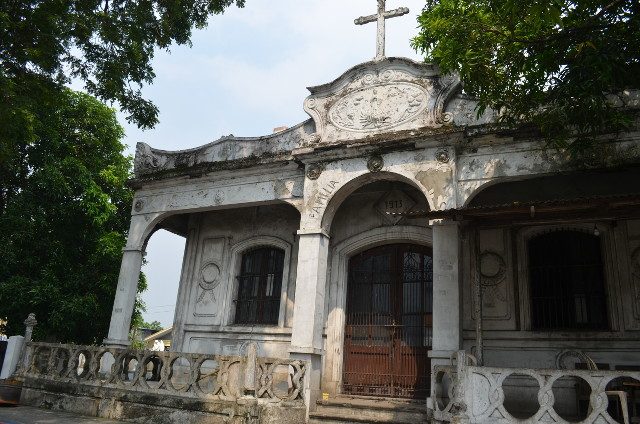
MANILA NORTH CEMETERY
Built: late 1880s to early 1890s
Location: Manila
The largest cemetery in Metro Manila measuring 54 hectares, the Manila North Cemetery was built because La Loma was exclusive to Catholics and Filipinos loyal to the Spanish.
The tombs of former presidents Sergio Osmeña, Manuel Roxas and Ramon Magsaysay are located here. The body of former president Manuel L. Quezon was interred here from his death in 1944 until 1979, when his remains were transferred to a tomb inside the Quezon Memorial Monument.
Other notable personalities buried here are: Former senator Claro M. Recto, Governor-General Francis Burton Harrison, first Quezon City mayor Tomas Morato, boxer Pancho Villa, and actor Fernando Poe Jr.
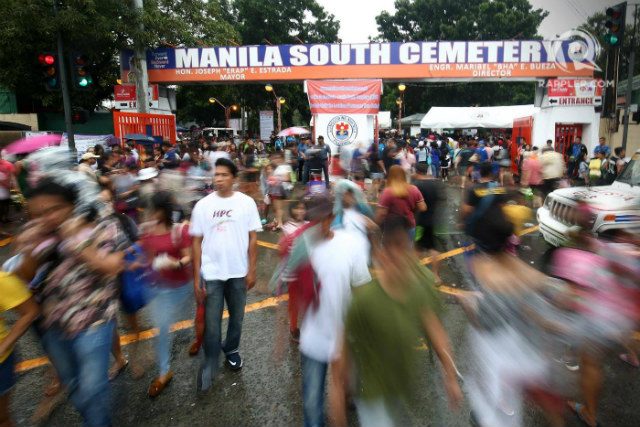
MANILA SOUTH CEMETERY
Built: 1925
Location: Makati City
The City of Manila purchased a parcel of land in the City of Makati (then the San Pedro de Macati estate) to build a cemetery there. The Manila South Cemetery is under the jurisdiction of Manila, as part of its 5th legislative district.
Former president Elpidio Quirino, who died on a leap year day, Feb 29, 1956, is buried here.
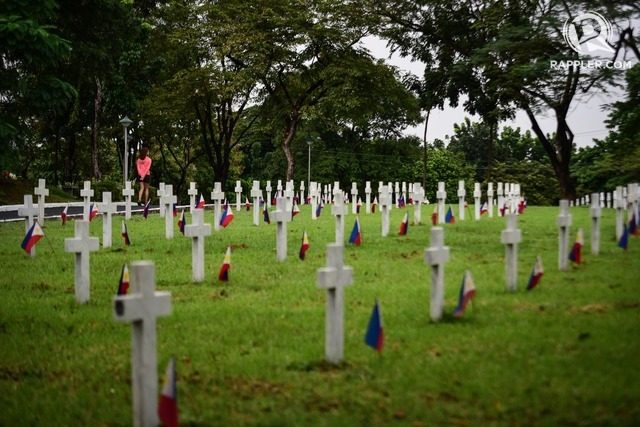
LIBINGAN NG MGA BAYANI
Built: 1947
Location: Taguig City
It was initially called the Republic Memorial Cemetery to honor the Filipino soldiers and veterans who died during World War II. Former president Ramon Magsaysay renamed it the Libingan ng mga Bayani (Heroes’ Cemetery) in 1954.
The Libingan is the final resting place of former presidents Carlos P. Garcia and Diosdado Macapagal, and numerous national artists and scientists. In November 18, 2016, after months of opposition and a Supreme Court decision, the remains of the late dictator Ferdinand Marcos were transferred here from Ilocos Norte. (TIMELINE: The Marcos burial controversy)
Those also given funeral services here are based on the Allocation of Cemetery Plots at the Libingan ng mga Bayani issued on April 9, 1986. Any deceased person whose burial in the Libingan is approved by the Office of the President, Congress, or the Secretary of National Defense.
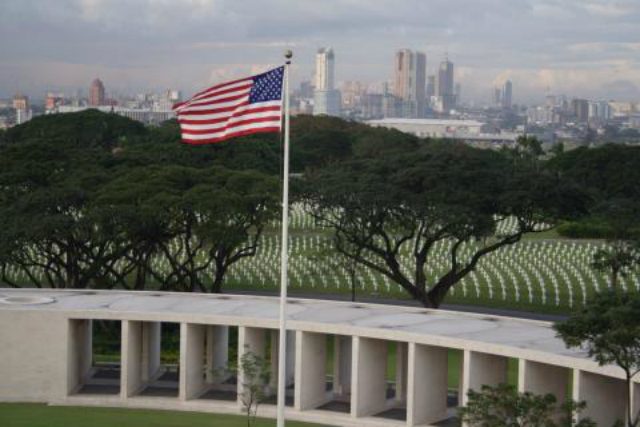
MANILA AMERICAN CEMETERY AND MEMORIAL
Built: 1948
Location: Taguig City
Constructed at the behest of the Philippine government, the Manila American Cemetery is the largest US military cemetery (in terms of the number of graves) off the US mainland. It is the final resting place of US personnel and Allied forces (in the Pacific region) killed during World War II.
Aside from the 17,201 graves here, there are 36,285 names of World War II soldiers inscribed in the Tablets of the Missing.
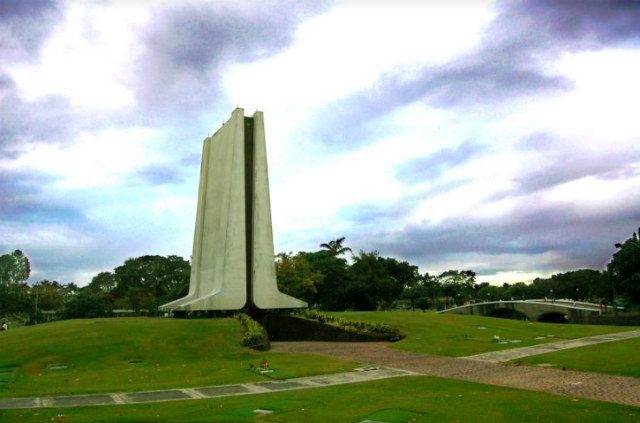
MANILA MEMORIAL PARK
Built: 1964
Location: branches in Parañaque City, Quezon City, Cavite, Bulacan, Cebu City and Davao City
The Manila Memorial Park is the first in the Philippines to have a modern crematorium. Cremation was banned by the Catholic Church until 1963, when Pope Paul IV lifted the ban. It is the only memorial park listed in BusinessWorld’s Top 1000 Companies in the Philippines.
The remains of former president Corazon C. Aquino and former senator Benigno “Ninoy” Aquino Jr are interred in the Sucat, Parañaque branch.
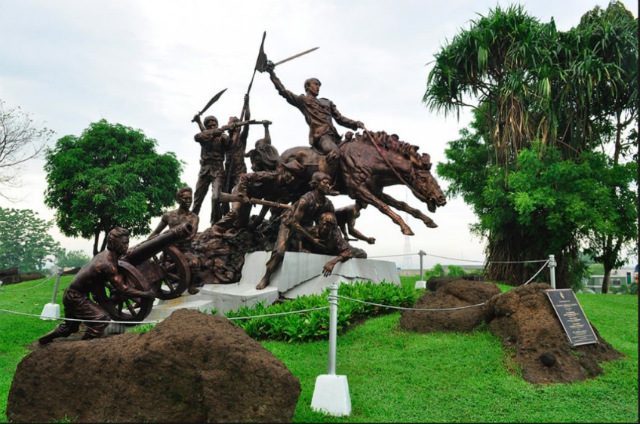
HIMLAYANG PILIPINO
Built: 1976
Location: Quezon City
It was constructed in the forest where Melchora Aquino (also known as “Tandang Sora”) tended to Andres Bonifacio and his men during the Philippine Revolution.
Tandang Sora, as well as Emilio Jacinto, the “Brains of the Katipunan,” are buried here.
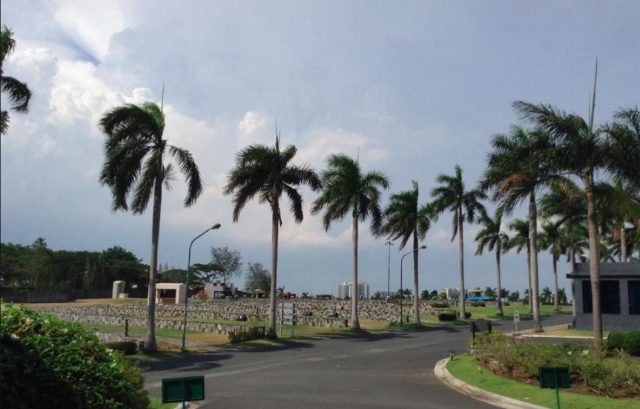
HERITAGE PARK
Built: 2001
Location: Taguig City
An upscale cemetery, the Heritage Park is located between Libingan ng mga Bayani and the Manila American Cemetery. It also offers cremation services.
The remains of actors Rudy Fernandez and Dolphy, talent manager Douglas Quijano, former Isabela Governor Benjamin Dy, former solicitor general Frank Chavez and former police chief Leandro Mendoza are buried here.
The mother of alleged “pork barrel queen” Janet Lim Napoles is interred in a mausoleum standing on a 250-300-square-meter lot here. (READ: Napoles’ mother will miss her)
OUTSIDE METRO MANILA
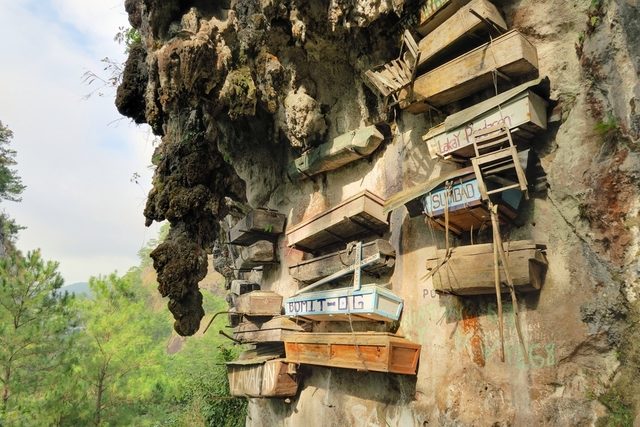
HANGING COFFINS
Location: Sagada, Mountain Province
Passed on for 2,000 years, the Igorots of Sagada believe that the higher the place a body is laid to rest, the closer it is to heaven. The coffins are carved by their future occupants, and if they are unable to, their relatives help out.
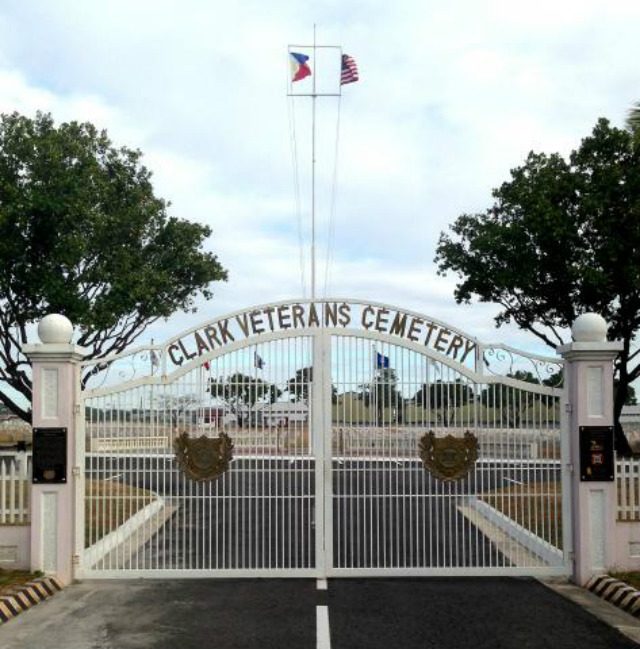
CLARK VETERANS CEMETERY
Location: Clark Freeport Zone, Pampanga
Built: 1948
Also called the “forgotten cemetery of the Philippines,” Clark Veterans Cemetery keeps the remains of about 8,600 Americans and Filipinos who served in the US Army, as well as their family members. The Mt Pinatubo eruption in July 1991 covered these tombstones with more than a foot of volcanic ash. Restoration efforts are ongoing. The cemetery awaits inclusion in the mandate of the American Battle Monuments Commission.
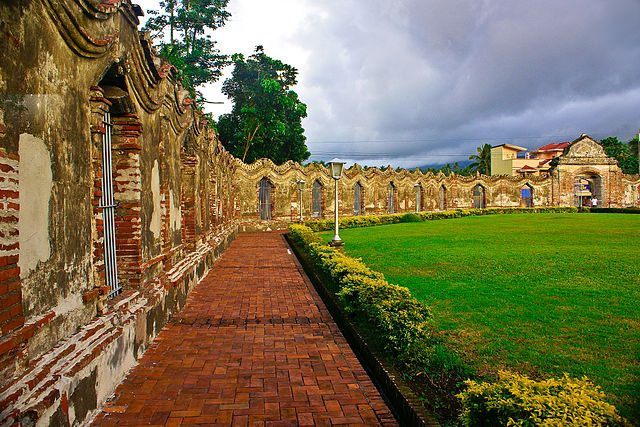
NAGCARLAN UNDERGROUND CEMETERY
Location: Nagcarlan, Laguna
Built: 1845
A burial site located 15 feet beneath a chapel, it became a secret hideout for the revolutionaries of 1896, and the guerrillas during World War II. The oldest tomb is dated 1886, while the last interment recorded is in 1982, shortly after it was declared a national historical landmark in 1981.
CABATUAN CEMETERY
Location: Cabatuan, Iloilo
Built: 1894
Constructed between 1876 and 1894, it is the only existing Spanish cemetery in the country that is a perfect square. A stone tablet at its main entrance gate is inscribed with a traditional Catholic hymn for the dead. The cemetery contains the remains of Spanish priests and some prominent citizens of the town.
FAMILIA LUZURIAGA CEMETERY
Location: Bacolod City, Negros Occidental
It is said to be the only cemetery in the world found on an island in the middle of a street, specifically on Lopez Jaena Street as it intersects with Burgos Street. The previous landowner specified that the mausoleum in the cemetery not be moved when a deed was signed formalizing the donation of the land to the government. It is the final resting place for the Ruiz de Luzuriaga family, a prominent clan in Negros that hailed from the Basque county in Spain.
JAPANESE WAR MEMORIAL CEMETERY
Location: Burauen, Leyte
Built: 1940s
It is situated on a hill that saw one of the battles during the arrival of US liberation forces in Leyte in 1944. It honors the Japanese soldiers who died in Leyte during the war.
CAMIGUIN SUNKEN CEMETERY
Location: Off the coast of Catarman, Camiguin
Eruptions from Mt Vulcan in the 1870s washed out areas of the town to sea, including its local cemetery. A giant cross was erected in the waters of the site by the Provincial Government of Camiguin in 1982 to mark the sunken graves of the province’s ancestors.
JAPANESE PEACE MEMORIAL SHRINE AND CEMETERY
Location: Barangay Mintal, Davao City
Japanese settlers in “Little Tokyo” in Davao City during the early to mid-1900s were buried here. Japanese war veterans, widows, and their kin make their pilrimage here during the annual Reunion for Peace Program.
– with Michael Bueza and Jodesz Gavilan/Rappler.com
Sources: Presidential Museum and Library, Wikipedia, abmc.gov, boywander.com, curatormuseo.wordpress.com, davalance.blogspot.com, enterdavao.blogspot.com, heritagepark.com.ph, iloilometropolitantimes.com, inquirer.net, lagunatravelguide.com, lawphil.net, manilamail.com, manilamemorial.com, nhcphistoricsites.blogspot.com, pnjkinc.org, sanagustinchurch.org, sunstar.com.ph, varsitarian.net
Nigel Tan and MG Mora are Rappler interns.
Add a comment
How does this make you feel?
There are no comments yet. Add your comment to start the conversation.